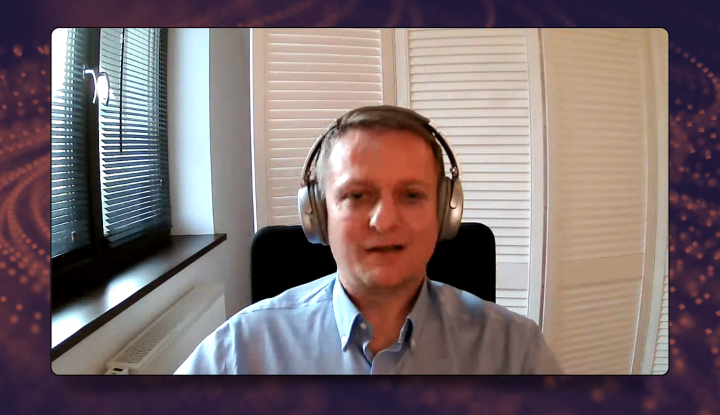- POWERFUL OPENING
- PRACTICE, PRACTICE, PRACTICE
- MEANINGFUL CLOSING
Article
So, your PowerPoint presentations are awesome – how about you?
Presentations for different audiences are part of the IT job.
Last week our team members could hear more about how the presenter should prepare for the presentation. Our speaker was Magdalena Gondek, who is a Program Manager and has over 13 years of experience in the IT industry.
She started with the so-called “HOOK”, which attracted attention. Then, she smoothly moved to the topic of the presentation. She emphasized that stress is an inherent part of almost every presentation, but there are some ways to deal with it. We have learned a few techniques that certainly each of us can use. The key element of each presentation is a “POWERFUL OPENING“. Preparation and practicing are also mandatory elements because they will prevent us from failure during the presentation.
“PAUSES” help to fill the breath and control the presentation. We should avoid “FILLERS” that make the presentation sound unprofessional and leave the impression that the person presenting is not self-confident. Also, the proper “INTONATION” is very important. Each thought and sentence can be expressed in different ways. During the presentation, the voice should be modulated. At the same time, maintaining eye contact creates a relationship with the audience and a positive “feedback loop”. The proper breath must not be forgotten. Magda showed a simple technique on how to control the breath.
Avoid “SABOTAGE” in your presentation. The words “Sorry“, “I am not well-prepared“, “I am very stressed” make the mind stick to this thought, which will not lead to the success of the presentation.
As we approach the end of the presentation, we also need to think about a “GOOD CLOSING“, which will guarantee a good impression and will include a simple tip to implement immediately. The presentation should not end with only “THANK YOU” but with a short summary of the topic presented. Participants usually remember the beginning and the end of the presentation. Magda followed the same rule – she included the following three main tips for a presenter:







